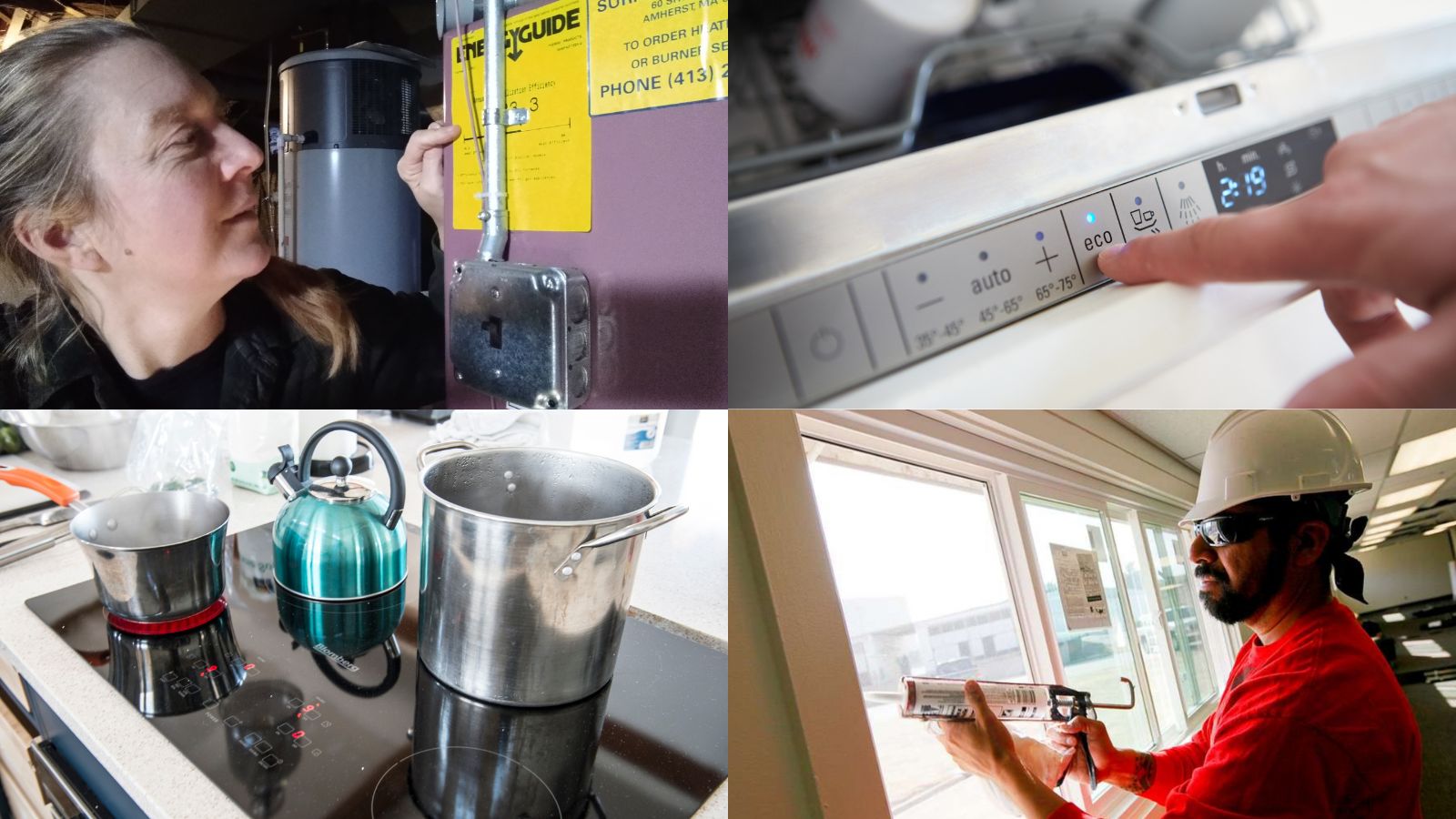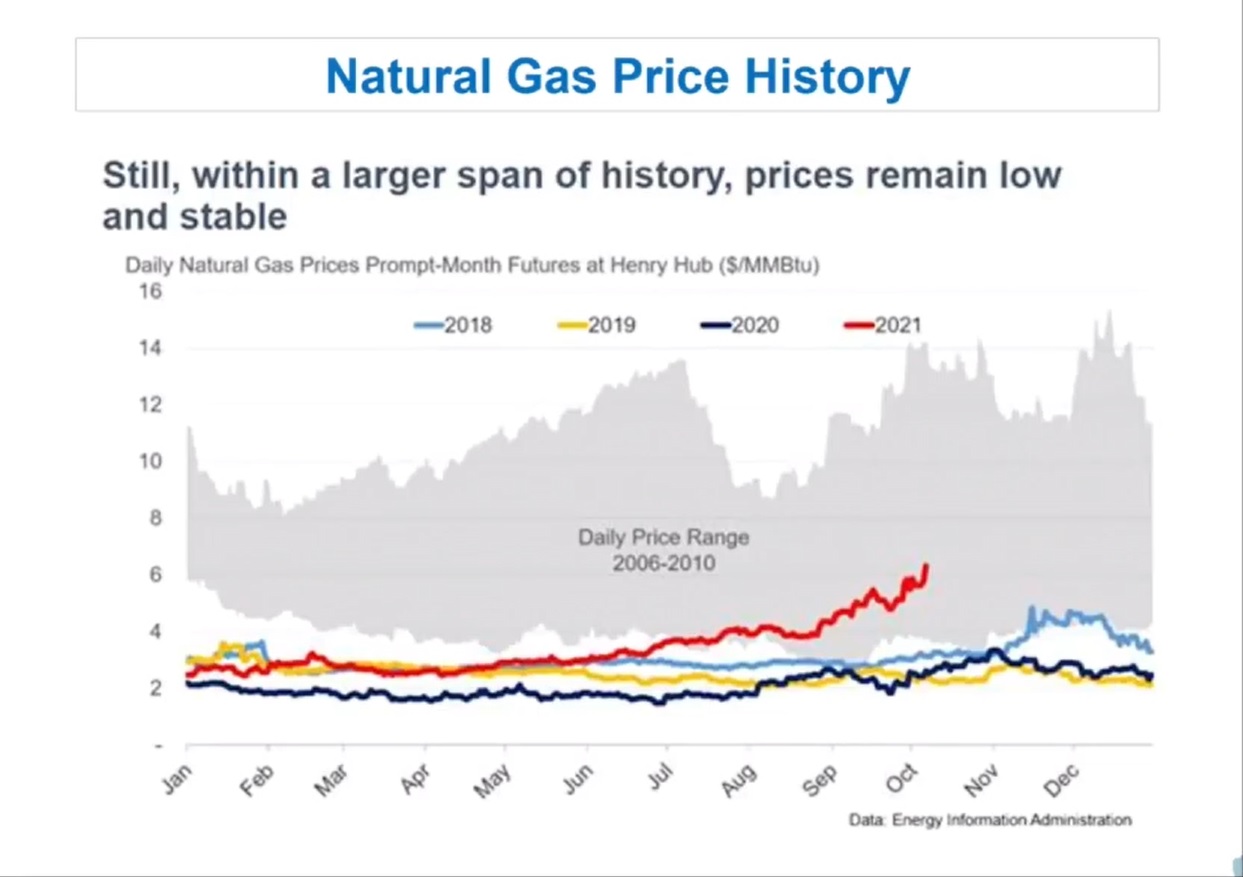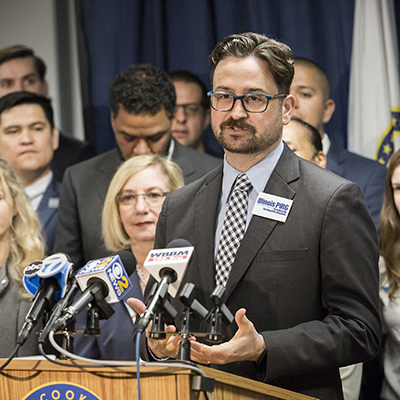
Winter is coming … bringing painful home heating bills
While spiking gas prices are partially to blame, a state law incentivizing a decade of rate hikes is also at fault
Summer has just ended, but there are already warnings that this winter will bring painful gas utility bills. Last month Crain’s Chicago Business reported that Chicago bills could be 44% and suburban bills 59% higher than last winter, when prices were already the highest in years.
The most immediate culprit: the cost of methane gas itself has shot up over the past two years.
But that’s not the full story: over the past decade, while the price of methane gas was historically low, misguided state policy provided powerful incentives for wasteful gas utility spending, driving up delivery rates.
Utilities used the era of cheap gas to drive up delivery rates
Fracking unleashed huge amounts of cheap gas on the American market. Unlike crude oil, methane gas is hard to ship around the world, requiring expensive Liquefied Natural Gas (LNG) import and export facilities. Because of this, the glut of cheap fracked gas drove prices down in the United States, but not globally.
As you probably know, there are two primary parts of your utility bill:
- Supply- the cost of the energy itself, in this case methane gas
- Delivery – the cost to build and safely maintain the transmission, storage, and distribution infrastructure to deliver gas to your home.
Utilities pass along the energy at cost. They make their money on the delivery side of the bill, and, critically, the more money they spend on their delivery system, the higher our rates and greater their opportunity to profit.
While the cost of energy was historically low, rather than pass on those savings to customers, Illinois utilities inflated the delivery portion of bills.
In doing so, they were aided by the 2013 Illinois “QIP” law, which provides gas utilities powerful incentives to spend more money, more quickly than they would otherwise – raising our bills and their profits.
For example, suburban Nicor Gas raised delivery rates by 77% in just four years. And average Peoples Gas customers in Chicago are paying roughly $15 more per month as a result of the QIP surcharge.
Customers are now being hit with the one-two punch of high energy prices and high delivery rates.
The era of cheap gas is over
While gas prices are surging, they are within normal historical ranges, low compared to current global prices, and could go much higher.
For the past decade, the average wholesale price of gas in America has been around $3 per million British thermal units (MMBtu). According to a recent presentation at a gas utility conference in Chicago, the average wholesale price in 2022 is estimated to be $7 per MMBtu.
As annual averages, those prices are lower than what we should expect in colder winter months, when demand drives prices up. Current futures contracts are in the $8 MMBtu range.
While these prices are higher than in recent years, they are well within normal historical ranges, a point Illinois gas utilities made in a presentation before regulators last fall.
In the global context, domestic methane gas is still cheap compared to recent prices in Europe ($37 MMBtu) and Asia ($23 MMBtu).
As the United State expands LNG exporting capabilities, domestic prices will be less shielded from the global market. With a new LNG facility coming online by the end of 2022, the United States will become the world leader in LNG export capacity. This could have a major impact on the cost of gas in the United States.
For context, a June fire at the second largest US LNG export facility temporarily closed the facility, meaning less gas could be exported. This increased domestic supply and contributed to a 40% drop in domestic gas prices.
Other factors could lead to a price “superspike” this winter. Domestic methane gas prices have remained elevated all year, driven by increasing exports to Europe looking to replace Russian gas, summer heat waves increasing domestic demand for gas-fired power plants, and slow growth in production, as gas companies prioritize investor returns over production growth.
One result is that gas utilities have not put as much gas in storage as in typical years. According to the U.S. Energy Information Administration, utilities in the Midwest have 8% less gas in storage than they have on average over the past five years. Utilities typically purchase gas for storage when prices dip as summer weather cools to fall, which they can take out of storage in winter months when prices are typically highest.
If this lag in storage continues and we experience a colder than expected winter, there “is potential for a winter U.S. superspike,” according to an energy market expert quoted by the Wall St. Journal.
It’s time to reign in wasteful gas utility spending
State policies incentivizing agressive gas utility spending, like the 2013 “QIP” law were always misguided, but they are absurd in a time of surging methane gas prices (and, of course, as our state takes action to address climate change.)
In the short term, customers are going to face painful winter heating bills. They can find some relief through energy efficiency and bill assistance programs for low income customers.
Long term, there is much more that can, and should be done. The first step is to end state policies incentivizing billions of dollars of wasteful gas utility spending.
Topics
Authors
Abe Scarr
State Director, Illinois PIRG; Energy and Utilities Program Director, PIRG
Abe Scarr is the director of Illinois PIRG and is the PIRG Energy and Utilities Program Director. He is a lead advocate in the Illinois Capitol and in the media for stronger consumer protections, utility accountability, and good government. In 2017, Abe led a coalition to pass legislation to implement automatic voter registration in Illinois, winning unanimous support in the Illinois General Assembly for the bill. He has co-authored multiple in-depth reports on Illinois utility policy and leads coalition campaigns to reform the Peoples Gas pipe replacement program. As PIRG's Energy and Utilities Program Director, Abe supports PIRG energy and utility campaigns across the country and leads the national Gas Stoves coalition. He also serves as a board member for the Consumer Federation of America. Abe lives in Chicago, where he enjoys biking, cooking and tending his garden.
Find Out More
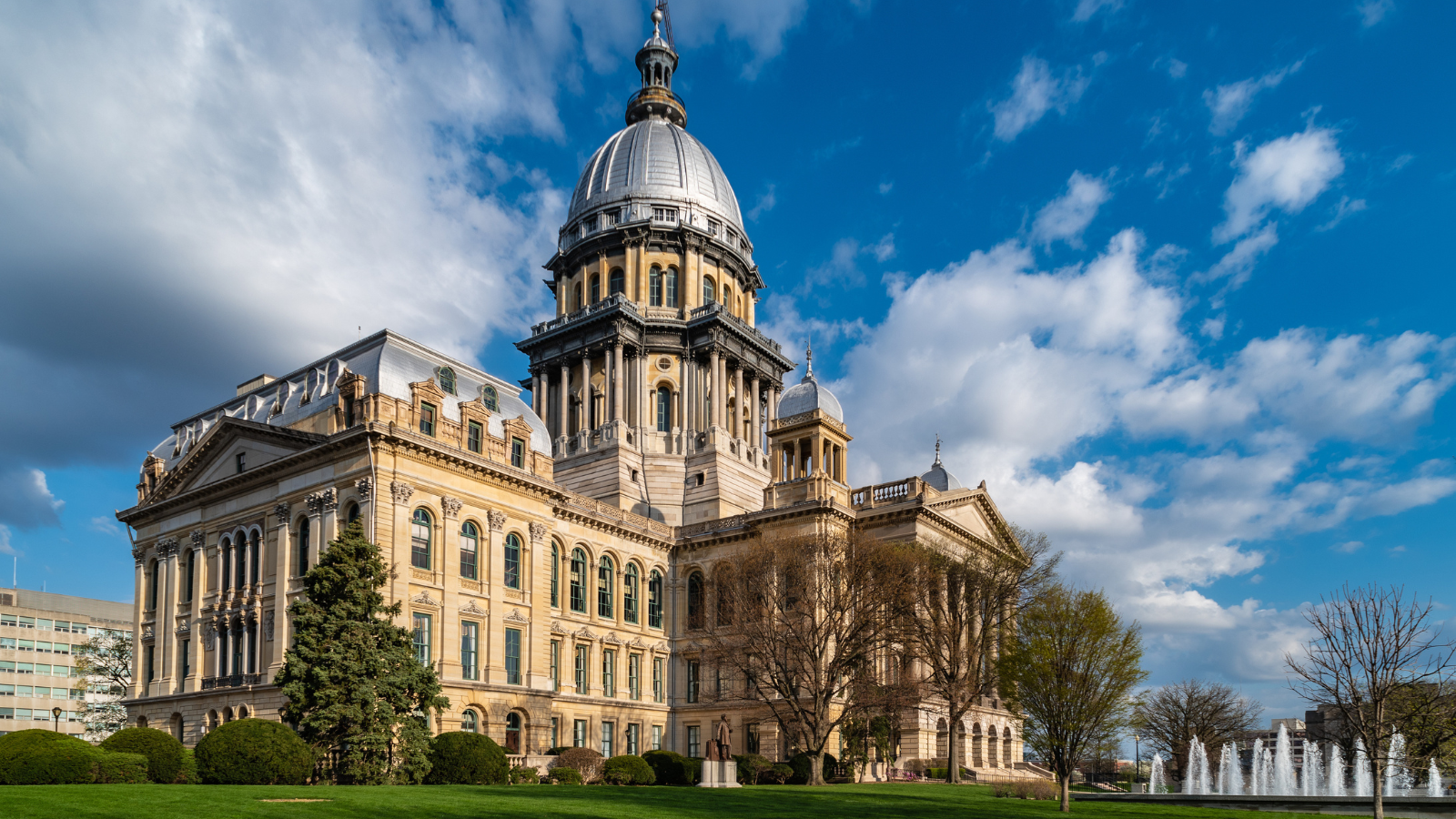
Illinois PIRG 2024 Legislative Agenda
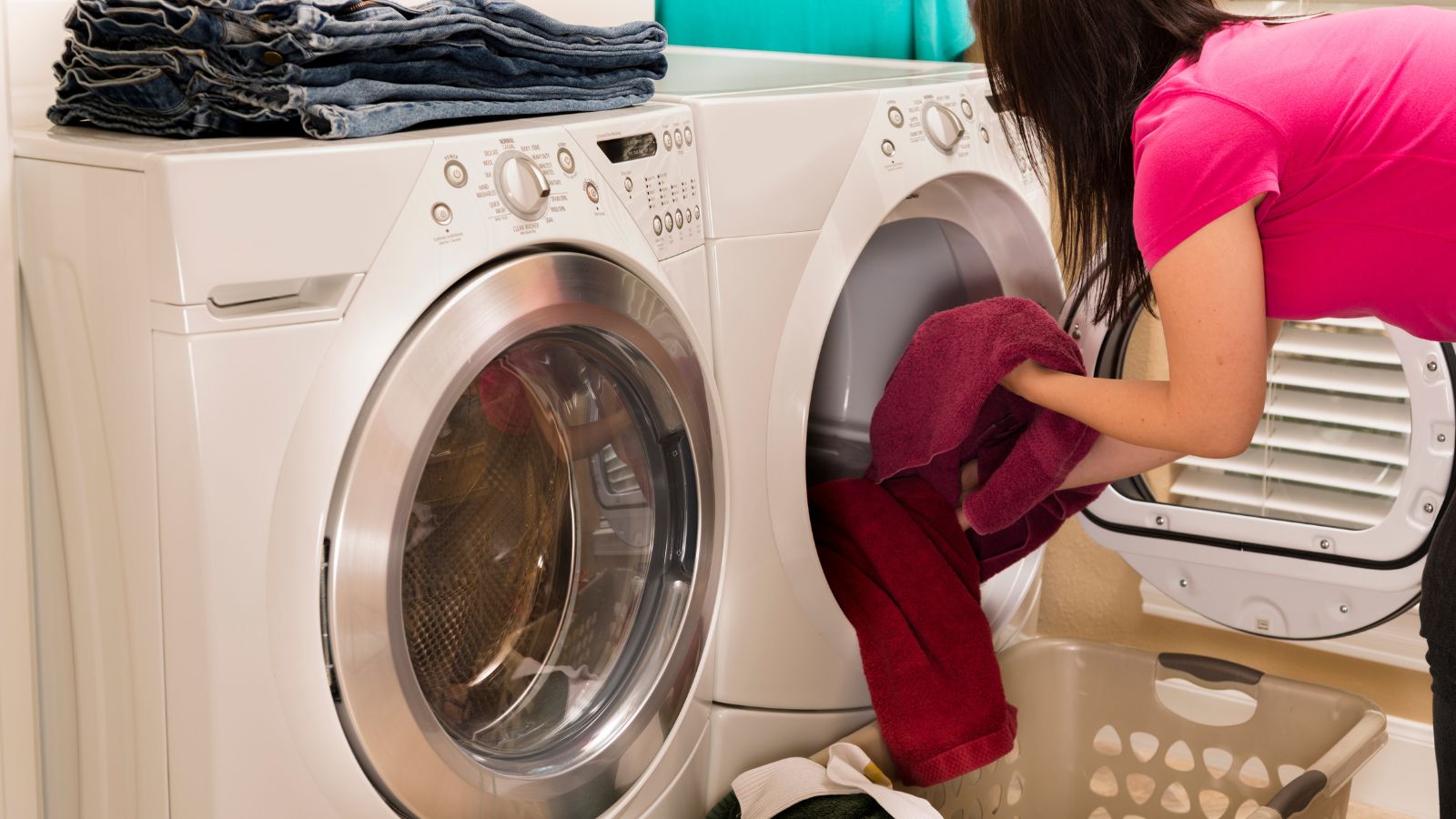
Dry cleaner with an electric clothes dryer
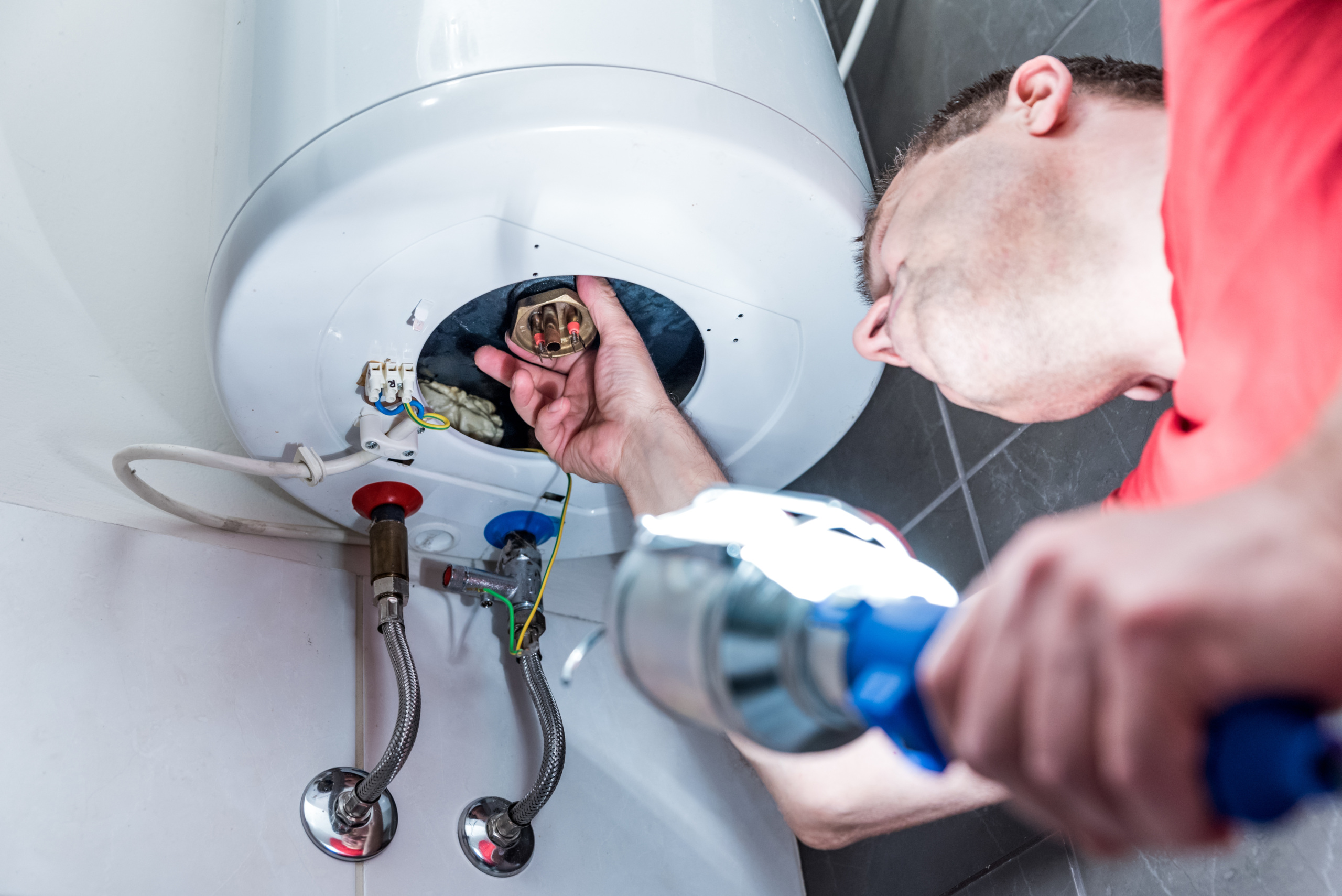
Need to replace your water heater? Consider electric
